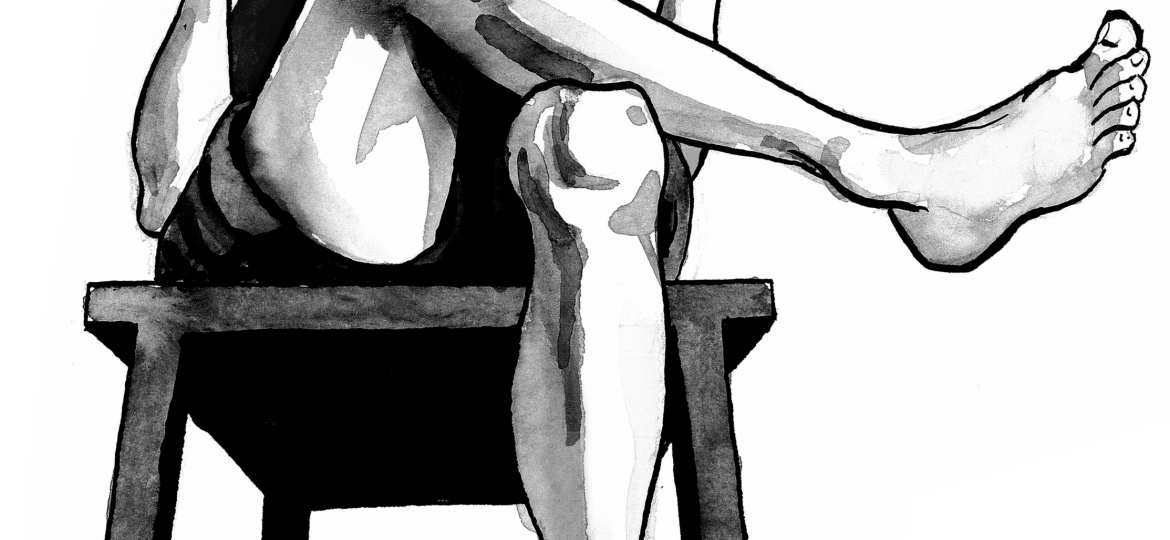
“The Porpoise,” by Mark Haddon, follows the story of Phillipe, a wealthy man who loses his beloved wife in a plane crash, and in the ensuing stages of grief, develops an unhealthy affection that gradually ferments into an abusive relationship with his daughter, Angelica.
A young man, Darius, can sense the darker nature of their familial relationship, and attempts to save her. Haddon plots his novel around this formula of “father, daughter and hero” very strictly, but ambitiously, decides to move the narrative back in time, and attempts a re-imagining of the Shakespearean play, “Pericles, Prince of Tyre”, which follows the same narrative formula. The novel is equal parts realistic fiction and fantastical romp through ancient myth, and by all accounts, it should have stumped me as a reader.
Every plotline throughout the novel seems disparate, with a sense of chronology that ignores every plea from the reader to remain linear. Reading this novel is like enjoying a seven-course meal, except the chef leads the meal with the main course, followed by another main course and five more main courses after that.
However, despite its endless ambition and complicated nature, this novel still impressed me with an exciting and engaging narrative. Haddon uses epic prose throughout the book, his lush descriptions of landscape and setting create a grandiose and romantic atmosphere, and his sharp, poignant descriptions of violence shatter it. “The Porpoise” is a great example of a modern interpretation of myth, and reading through its difficult subject matter is an intensely rewarding experience.
Haddon hops between perspectives with wild abandon. He begins the book in a modern setting, following Angelica and her abusive relationship with her father. The introductory movement is highly engaging, with the truly sickening portrayal of their abusive relationship driving the plot’s conflict. After this movement, Haddon chooses to move the book backwards in time, to a fantastical ancient Mediterranean setting. At first, this choice left me confused as a reader, but after finishing the story, I found Haddon’s ability to continue to portray his characters under different names and in a different time period fascinating. Haddon links each character to both of the time frames that the book portrays, but he somehow manages to bring the characters back together for a satisfying conclusion — an achievement in and of itself.
Haddon parallels the Shakespearean play “Pericles: Prince of Tyre” throughout the novel, which links the narrative to a larger literary context. At times, however, it felt as though thorough research into the history and context of Shakespeare was required to understand the narrative of the novel. which I felt asks too much of the reader, and can break engagement with the story. Haddon creates side chapters that follow the ghost of an alleged collaborator of Shakespeare, George Wilkins. While the history of the play itself is interesting, it isn’t directly relevant to the plot. These chapters created a rift — filled with nothing of relevance to the plot — between the events happening to the characters that I actually cared about.
While these literary hiccups do hamper the reading experience, I still enjoyed “The Porpoise,” and I recommend it as a challenging read for anyone interested in Shakespearean literature or, alternatively, anyone who enjoys torturing themselves with confusing novels. If you can put in the work, this book is a rewarding read.
A trigger warning: “The Porpoise” does deal frequently with issues of sexual abuse, violence and eating disorders.
vorndr1@stolaf.edu

